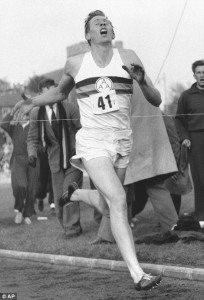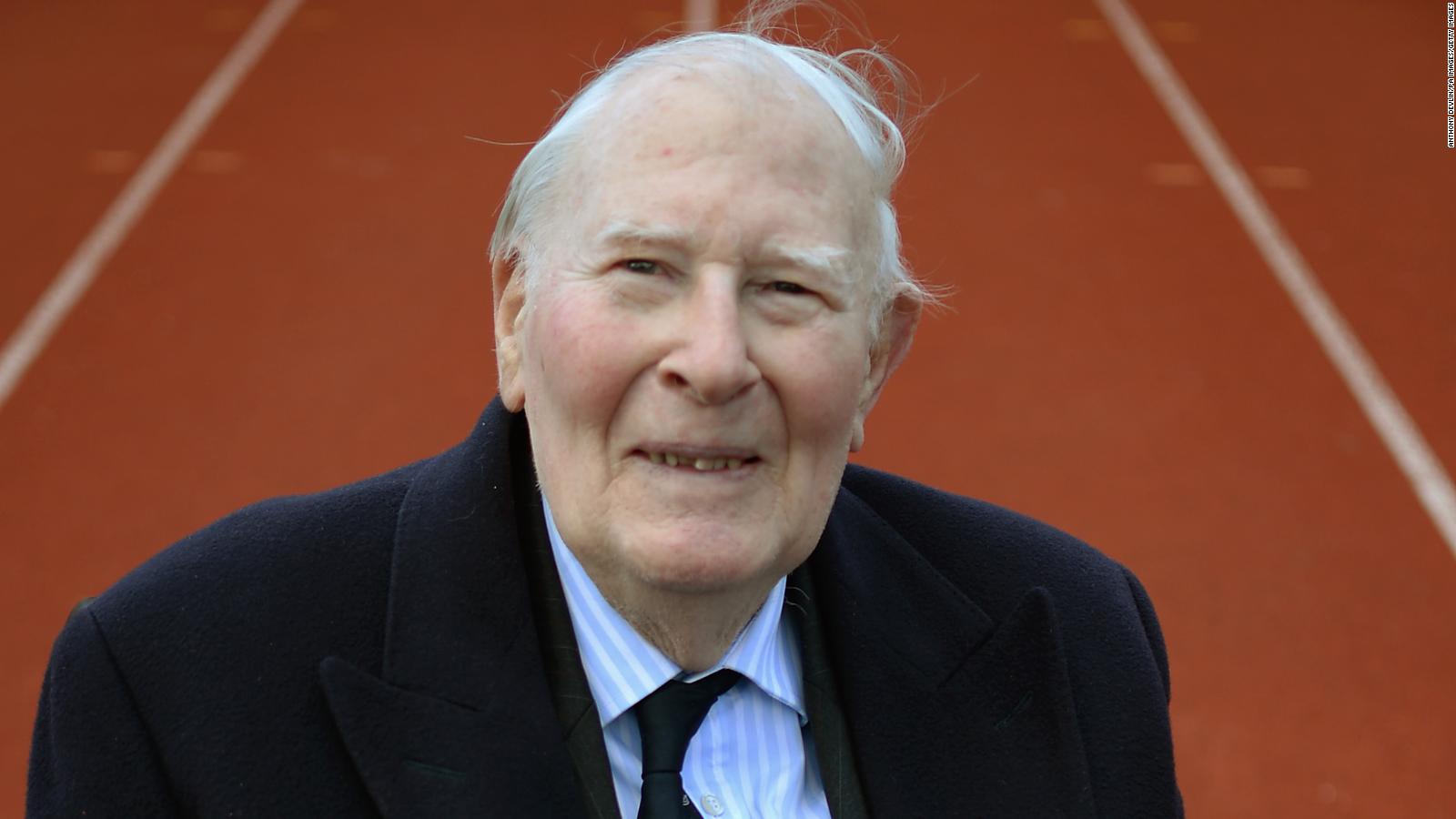
It would have to be an iPad or mobile phone. If you were going to be marooned on a Desert Island, what luxury would you like to take with you and why? Throughout the years, the sheer joy and diversity of seeing physiology in action continues to excite me. My work has spanned from understanding the neuromuscular junction of the cockroach during my PhD, to taking great steps in understanding the genomic regulation of function, for molecules thought to be ‘junk’. As a child, one of my earliest memories is the wonder of observing the detailed, ordered structure within a piece of fruit. I became a physiologist due to the intrigue of biology. Why did you become a physiologist? What drew you to this field? Working at this interface, discussing novel solutions for improving healthcare, is just one of the highlights of a research career. Through outreach activities, we have been able to share our research findings directly with patients. I have been fortunate enough to work on patient-centred research for most of my academic career. The Society’s Summer Studentships are a great way for students to experience working in a lab and gain some insight into what a research career entails.Įqually vital is taking our message, on the benefits of research and participating in it, to patients and public. My teaching is very much informed by research, and I try to encourage students to learn to value research. I consider my role to be one of enthusing young scientists and sharing with them the underpinnings of physiology. What is your favourite aspect of your research/teaching/outreach work/anything else in your work?Īt the University of Nottingham, I teach undergraduate reproductive physiology to students on the BSc (Hons) Medical Physiology and Therapeutics, and Graduate Entry Medicine. The research direction of my lab is still very much in the realm of membrane physiology as my fascination with ion channels continues, focusing on links with inflammation. Our observation identifying a switch in calcium-sensing in uterine muscle came about at the time others reported the discovery of beta-subunits as modulators of this channel. This channel is highly expressed in most types of smooth muscle and responds to acute increases in intracellular calcium levels. The most surprising discovery was of a change in calcium-sensitivity of a large-conductance potassium channel. What has been/was your most important scientific finding, or your most surprising finding?Īs a postdoc in Cambridge, I was seeking to understand the molecular physiology of human pregnancy, specifically the triggers for transforming the uterus to an excitable state to enable delivery. Read about their research, and what inspired them to pursue careers as physiologists, or become involved in The Society. The Physiological Society’s blue plaquesĬouncil is delighted to welcome three new Trustees who will take office on 16 September at the AGM.The use of animals in educating the next generation of life science researchers.Sport & Exercise Science Education report.The Future of Interdisciplinary Research Beyond REF 2021.Scotland at the Heart of Meeting Global Challenges.Physiology and Basic Research Funding in Ireland.A National Post-Pandemic Resilience Programme.Supporting the development of public health guidance for long COVID.Translating Knowledge and Research into Impact.

Advice for attending your first meeting.Early Career Life Scientists’ Symposium.Michael J Rennie Oral Communication Prize.The Journal of Physiology Early Investigator Prize.Experimental Physiology Inaugural Review Prize.Experimental Physiology Mid-Career Researcher Prize.



 0 kommentar(er)
0 kommentar(er)
